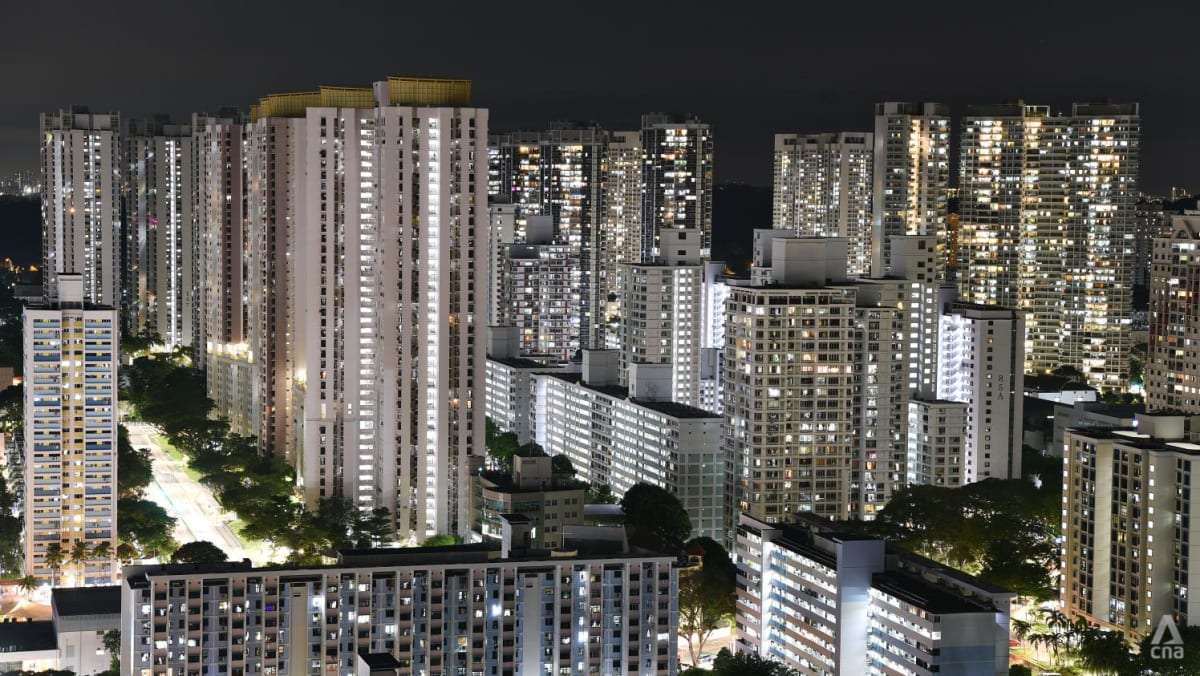SINGAPORE: Singapore and Malaysia can now transfer double the amount of electricity to each other following the upgrading of the electricity interconnectors between both countries, Second Minister for Trade and Industry Tan See Leng said on Wednesday (Oct 26).
The new interconnectors can now accommodate bidirectional electricity flows of about 1,000 megawatts between the two countries.
The interconnector is also being used to import power from Laos under the Laos-Thailand-Malaysia-Singapore Power Integration Project, which began in June this year.
Electricity interconnectors are high-voltage cables that connect the electricity systems of neighbouring countries so that excess power from wind and solar farms, for instance, can be shared and traded.
“This is another important milestone in enhancing regional energy connectivity, and will facilitate future import trials around our region,” Dr Tan said during a speech at the Asia Clean Energy Summit, as part of the Singapore International Energy Week at Marina Bay Sands.
The Lao PDR-Thailand-Malaysia-Singapore project serves as an important “pathfinder” to advance regional interconnectivity, underpinned by the Association of Southeast Nations (ASEAN) Power Grid vision, Dr Tan said.
He added that the four countries look forward to further discussions on enhancements and future plans to support continued multilateral power trades in the region.
FACILITATING CLEAN ENERGY TRADE
Dr Tan, who is also Manpower Minister, spoke about how governments should work together to establish regulatory frameworks, infrastructure and the ecosystem, to facilitate clean energy trade in the region.
This will also provide more assurance for cross-border energy trade and enhance regional connectivity, he said.
Countries should conduct trials and pilots to gain insights on clean energy trade, as well as upgrade infrastructure to facilitate these projects.
He added that countries in the region should also provide infrastructure project opportunities to accelerate clean energy development and trade. The Energy Market Authority, for instance, has launched requests for proposals for electricity import projects from the region, he said.
Singapore has received more than 20 proposals to import electricity from five countries – Australia, Indonesia, Laos, Malaysia, and Thailand, he said, adding that the country remains on track to meet its imports target of 4 gigawatts by 2035.
“Prospective importers are keen to work with companies in the region to co-develop projects which can also serve the domestic demand of source countries,” he said.
He added that the region and global community should work together to plan and implement energy transition towards a shared future.
“The clean energy transition is challenging, especially as we are also grappling with a global energy crisis. No one country can do it alone, and we need to work together to advance our collective interest,” he said.
Beyond regional and international meetings held regularly to discuss and develop solutions to a shared energy crisis, countries need to strengthen collaborations bilaterally and multilaterally to achieve concrete progress on clean energy projects, Dr Tan said.
He pointed to various partnerships that Singapore has entered into, highlighting recent agreements with Australia, Vietnam, Laos, Brunei and most recently, Cambodia.
Dr Tan said that having cross-border trade of clean energy can help to make regional projects more commercially viable.
“We are a diverse collection of countries with varying capacities to generate and pay for clean energy. Having a wider base of consumers willing to offtake clean energy can provide the base demand and improve a project’s financing options,” he said.
A REGIONAL POWER GRID
Dr Tan also said that countries will need to explore innovative business models to boost the commercial viability of clean energy trade projects.
“These models need to address how we can better enhance regional grid connectivity, strengthen regional energy security and resiliency, and unlock investments in renewable energy and employment opportunities in the source countries,” he said.
“In particular, given the intense global demand for subsea cables and electricity imports infrastructure, it will be important to explore both the longer-term provision of regional operations and maintenance capabilities and the anchoring of subsea cable manufacturing facilities in the region.”
Stay connected with us on social media platform for instant update click here to join our Twitter, & Facebook
We are now on Telegram. Click here to join our channel (@TechiUpdate) and stay updated with the latest Technology headlines.
For all the latest For News Update Click Here

